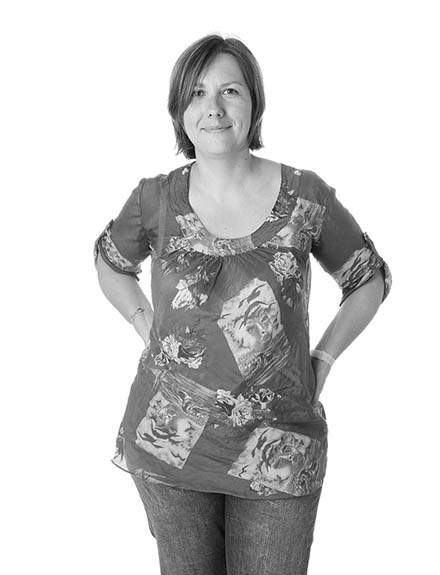| marie-hélène le ny |
|
photographist |
|
When you start to "bother" the ocean, its inertia means it can take between a century and a thousand years to respond. The increase in sea level is due to two processes: the fact that warmer water takes more space than colder water – thermic dilation – and the thaw of continental glaciers. We have difficulty in predicting how this rise in sea level will affect the evolution of rain. Today we are reaching Greenhouse Gas effects never before seen in the recent history of the Earth. Our policies are unfortunately based on the short term, but we will nevertheless need to find an intersection between the short-term scale of a policy and the long-term scale of the climate and humanity. What countries become while developing is also a serious aspect to consider. The planet will survive. The question is knowing if its new equilibrium will be suitable for the humans who inhabit it.” |
|
||
|
Françoise
Vimeux |
|||
|
|
|
|
